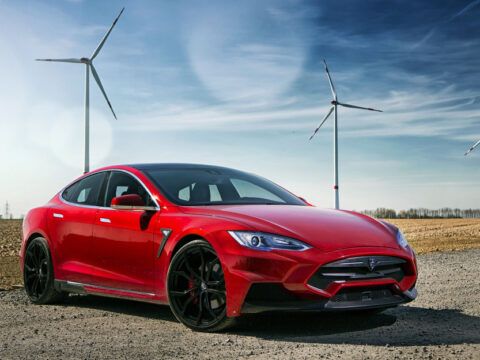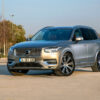The automotive industry is no stranger to ambitious prototypes that never see the light of day. Many such innovations falter, trapped by technical difficulties, financial constraints, or practical limitations. This article explores a selection of these failed concepts, examining why they didn’t make the transition from imaginative blueprints to the open road.
Contents
Hydrogen-Powered Cars

Hydrogen-powered cars promise a zero-emissions future, using hydrogen fuel cells to produce electricity. However, they struggled due to the high cost of production, storage difficulties, and lack of fueling infrastructure. The technology faced stiff competition from battery electric vehicles, which rapidly decreased in cost and increased in availability.
Flying Car
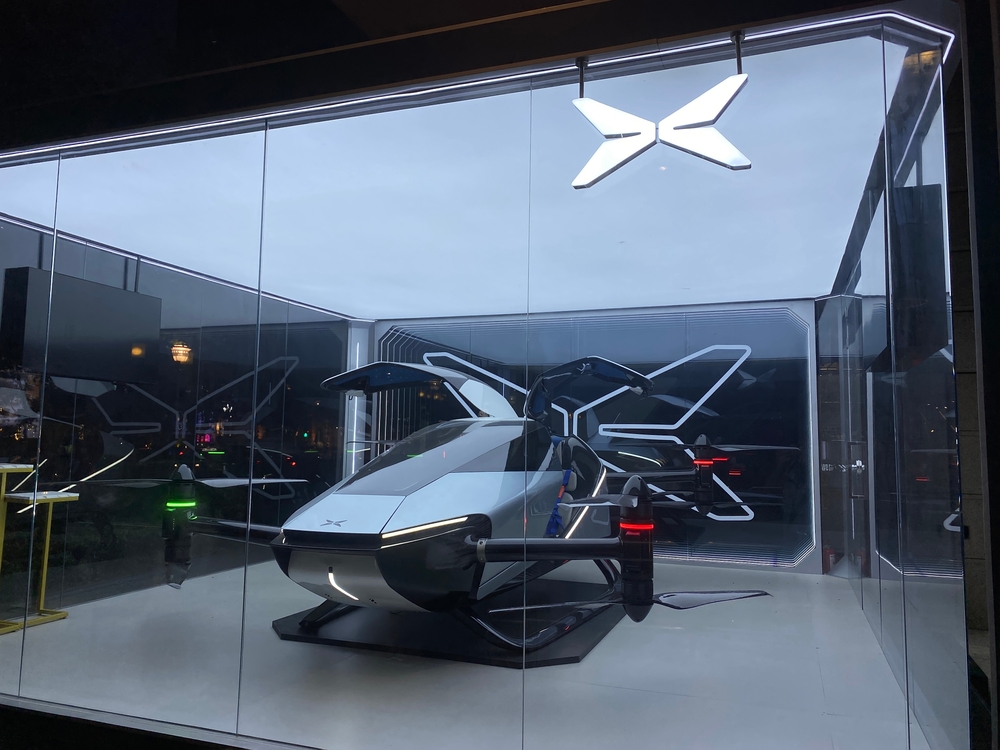
The flying car has been a staple of futuristic visions but has consistently failed to materialize as a viable product. Challenges include safety concerns, regulatory hurdles, the need for pilot training for drivers, and the technological complexities involved in creating a vehicle capable of both driving and flying efficiently.
Self-Healing Paint
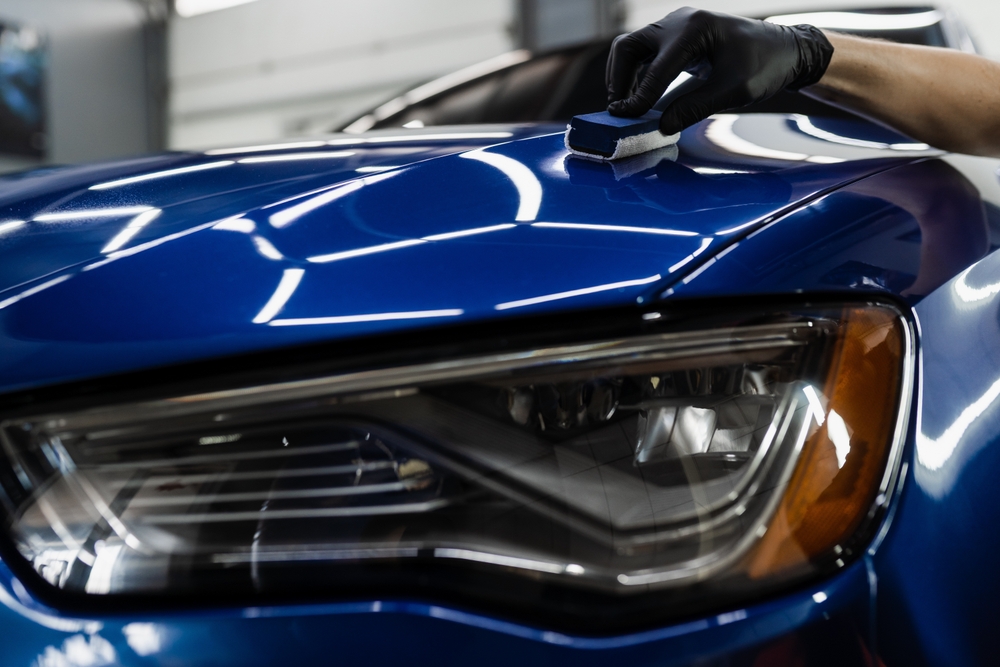
Self-healing paint technology, which automatically repairs scratches, seemed promising. However, it failed to become widely adopted due to the high costs associated with the technology and limitations in its effectiveness, particularly with deeper scratches that could not self-repair.
Solar-Powered Cars
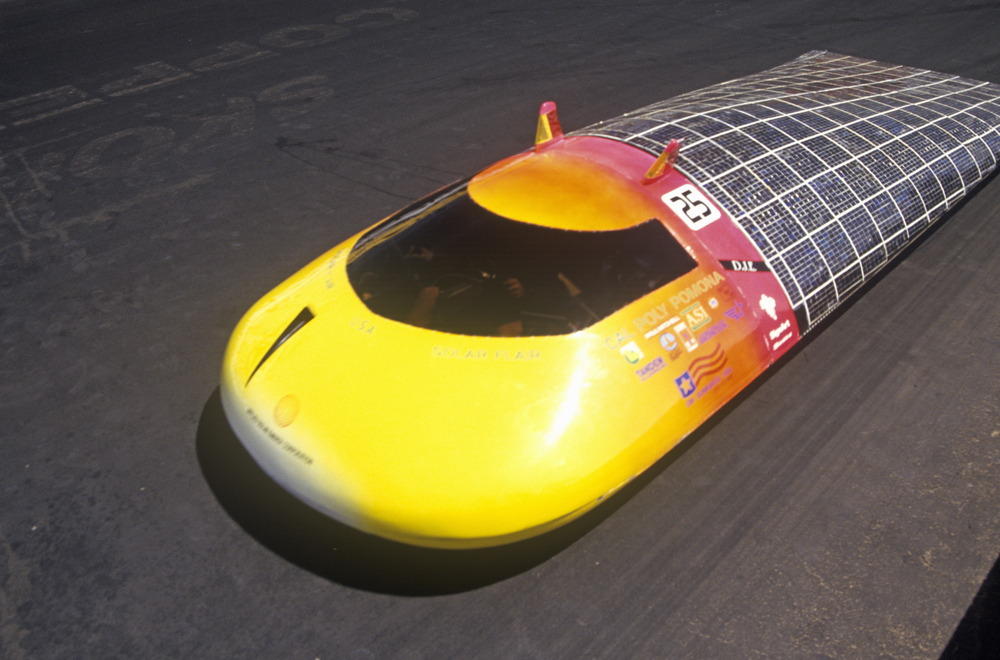
Solar-powered cars use photovoltaic cells to convert sunlight into energy. Despite their appeal for sustainability, they have not been practical for mainstream use due to their limited power output, reliance on sunny weather, and the inefficiency of current solar technology in providing enough energy for everyday vehicle use.
Magnetic Suspension System

Magnetic suspension systems promised a smoother ride by using magnets to levitate the car slightly off the ground, reducing friction. However, the cost and complexity of the technology, along with challenges in maintenance and durability, prevented it from moving beyond the concept stage.
Diagonal Parking

The idea of diagonal parking was to maximize parking efficiency and space utilization. Although theoretically effective, it required significant changes to infrastructure and driving patterns, which proved too disruptive and costly to implement widely.
Shape-Shifting Car Body for Aerodynamics

Some concepts proposed vehicles with bodies that could change shape to optimize aerodynamics dynamically. The complexity and cost of developing reliable mechanisms capable of enduring real-world driving conditions led to these ideas being shelved.
Ford’s Automatic Seat Belts
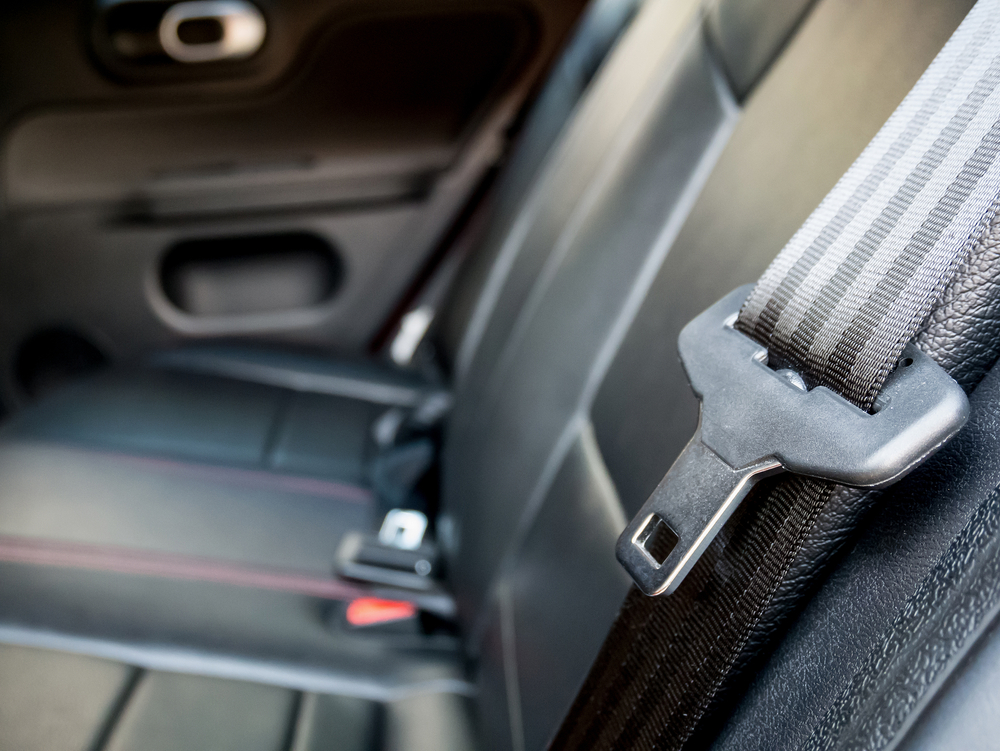
In the late 1980s and early 1990s, Ford and other manufacturers introduced automatic seat belts to comply with safety regulations. These systems often proved cumbersome and were unpopular with consumers, leading to their replacement with airbags and manual seat belts enhanced by tensioners and advanced pretension systems.
Laser Headlights
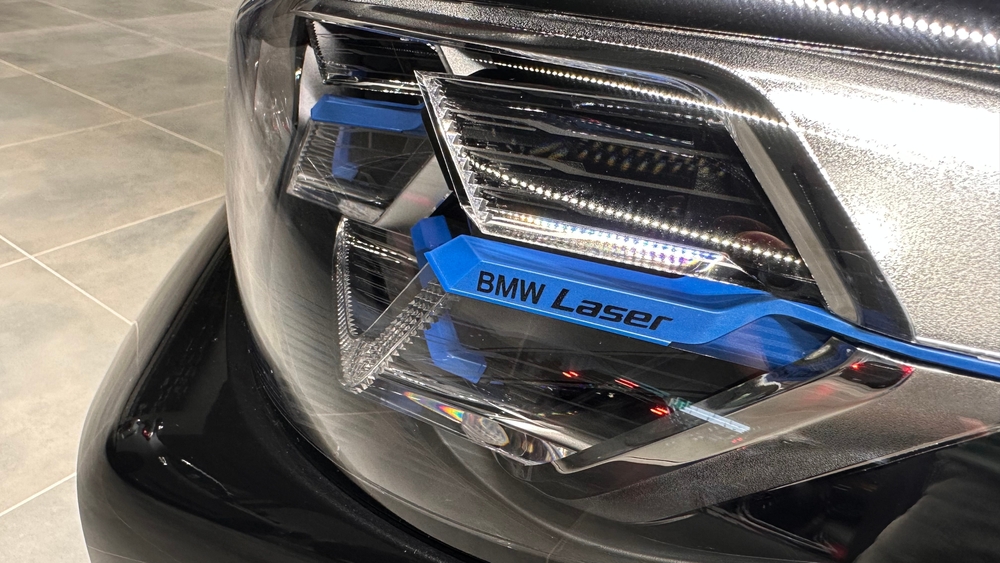
Laser headlights provide superior brightness and range compared to LED lights. While they have appeared in some high-end models, the high cost and concerns over eye safety in accidents have limited their adoption across the broader automotive market.
Biometric Driver Recognition System

Biometric systems for driver recognition and personalization were explored as a way to enhance security and user experience. However, privacy concerns, system reliability in different conditions, and the high cost of implementation have curtailed their widespread adoption.
External Airbags

External airbags aimed to reduce the impact of a collision on the vehicle’s exterior and occupants. The technology faced multiple hurdles, including the difficulty of accurately deploying them in a crash scenario, additional weight, and high costs.
Amphibious Cars

Cars that could transition from land to water were developed as prototypes. Despite their novelty and utility in specific scenarios, their practicality on roads and open waters was limited, making them impractical for mass production.
Voice-Controlled Vehicles

While voice control is used for infotainment systems, fully voice-controlled vehicles that operate without physical controls failed to advance due to reliability issues, the complexity of accurately interpreting human speech and safety concerns.
Virtual Reality Dashboards

Virtual reality dashboards are intended to replace traditional controls with VR interfaces, enhancing the driving experience with futuristic displays. However, issues with driver distraction, motion sickness, and the high cost of implementation have prevented their adoption.
Retractable Steering Wheels
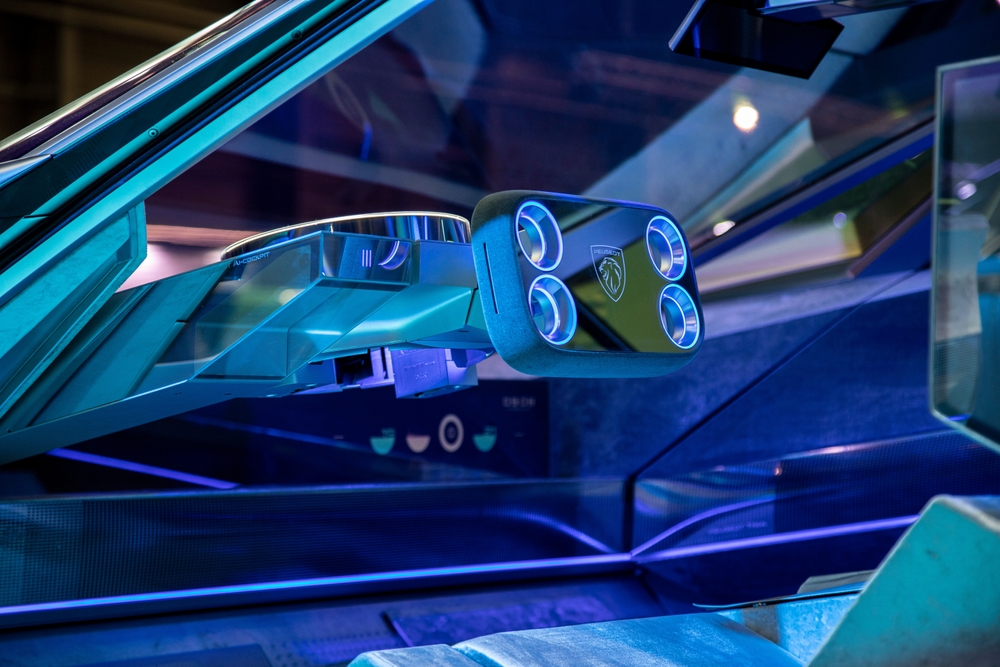
Retractable steering wheels were proposed for autonomous cars to provide more space when the car is driving itself. Safety concerns, regulatory approval, and the slow advancement of fully autonomous driving technology have delayed their introduction.
This article originally appeared on MyCarMakesNoise.
More from MyCarMakesNoise
12 Iconic Muscle Cars That Didn`t Live Up to the Hype

In the golden age of automotive muscle, roaring engines and aggressive silhouettes ruled the roads. With their promises of unmatched power and speed, these steel titans became legends in their own time. But what if some of these legends were more myth than reality? Read More.
The Best Midsize Truck Options You Can Buy

From hauling heavy loads to off-road escapades, mid-size pickup trucks are the versatile workhorses bridging the gap between larger, more cumbersome trucks and smaller, less capable vehicles. These trucks have rapidly grown in popularity, offering the perfect blend of utility, comfort, and performance. Read More.
Exploring the Move to Subscription-Based Car Features

As we dive into an era where technological innovations shape our daily lives, a new monetization strategy is sweeping across the auto industry that may leave car owners with a sense of leasing rather than owning their vehicles. Welcome to the subscription economy, where your car’s features are no longer yours after driving off the lot. Read More.



